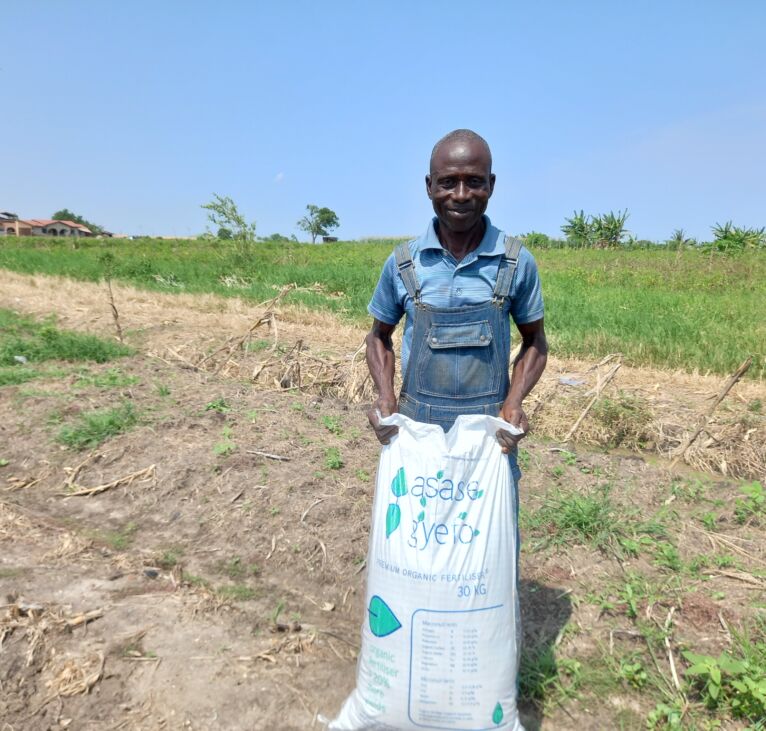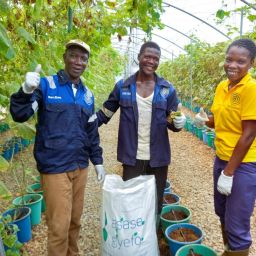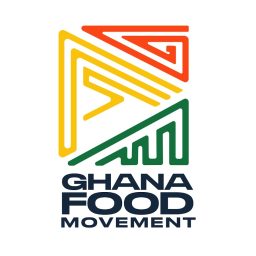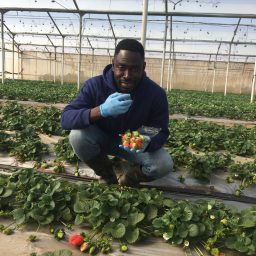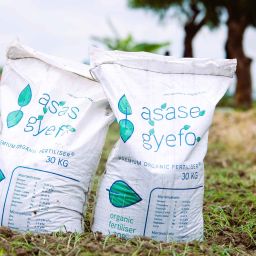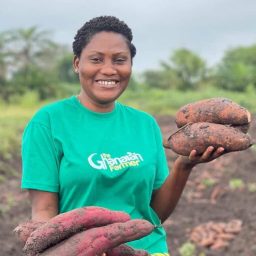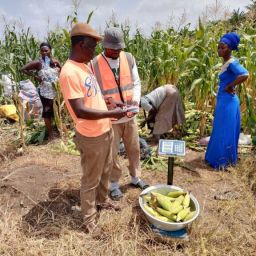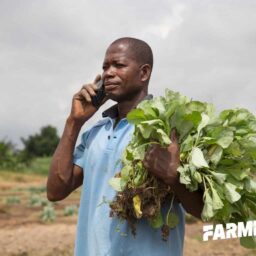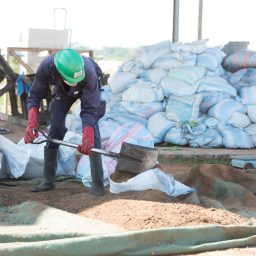
asase gyefo – love your land
Welcome to Safisana’s monthly sustainable farming blog curated by farmer and senior agronomist Daniel Larkai. In this episode, Daniel discusses the agricultural challenges that farmers in Sub-Saharan Africa deal with. Even with the initial surge in productivity, Africa still faces the stark reality of widespread soil depletion. Organic fertilizers like Asase Gyefo, can help combat hunger and poverty while promoting soil fertility and sustainable agriculture.
Despite the proliferation of high-yielding hybrid seeds in Sub-Saharan Africa (SSA), the fear of escalating hunger and poverty looms large if strategic steps are not taken. Agriculture is the backbone of SSA’s economy, with approximately 65% of the population directly and indirectly engaged in agricultural activities. Recent research by soil scientists across the region highlights a worrying trend: widespread soil depletion due to erosion, indiscriminate mineral mining, and continuous cropping without nutrient replenishment. These practices have significantly reduced soil fertility, leading to lower crop yields even with substantial investments in improved seeds. To counter this downward spiral and avert potential hunger and poverty, policymakers must prioritize Integrated Soil Fertility Management (ISFM) programs that incorporate high-quality, locally produced fertilizers like Asase Gyefo organic fertilizer.
Improving soil fertility
The potential for hunger and poverty in SSA is alarming. The degradation of soil fertility means that farmers are unable to produce sufficient food to meet the needs of their families and communities. Lower crop yields directly translate to reduced income for farmers, exacerbating poverty and hunger. The COVID-19 pandemic further exposed the fragility of the region’s agricultural sector, causing a severe shortage of fertilizers and a subsequent price surge of over 100% for chemical fertilizers. This situation has left many farmers unable to afford essential inputs, further jeopardizing food security.
In this challenging landscape, Asase Gyefo organic fertilizer emerges as a sustainable solution to counter these issues. Proudly produced in Ghana by Ghanaians, Asase Gyefo, meaning “Saviour of the Land,” offers a sustainable solution to the region’s soil fertility crisis. Unlike chemical fertilizers, Asase Gyefo improves soil structure and health, enhancing long-term fertility and productivity. By integrating Asase Gyefo into ISFM programs, farmers can increase crop yields by a minimum of 20%. This boost in productivity can significantly improve food security and reduce poverty across SSA. Asase Gyefo’s localized production also ensures availability and affordability, mitigating the risks associated with global supply chain disruptions.
Aligning the Sustainable Development Goals
To achieve Sustainable Development Goals 1 and 2 in SSA, the adoption of organic fertilizers must be prioritized. Policymakers, agricultural stakeholders, and farmers must work collaboratively to promote and implement ISFM practices centred around locally produced organic fertilizers. This strategic approach not only addresses the immediate challenges of soil fertility and crop yield but also paves the way for a sustainable and prosperous agricultural future for SSA. By embracing Asase Gyefo, the region can reverse the trends of hunger and poverty, ensuring a brighter and more secure future for its people.
To learn more about Daniel’s background, read the interview in our #WeAreSafisana post.
Check all Asase Gyefo sales points here. For more information about our product, please reach out to our agronomy team via the Contact Page.



